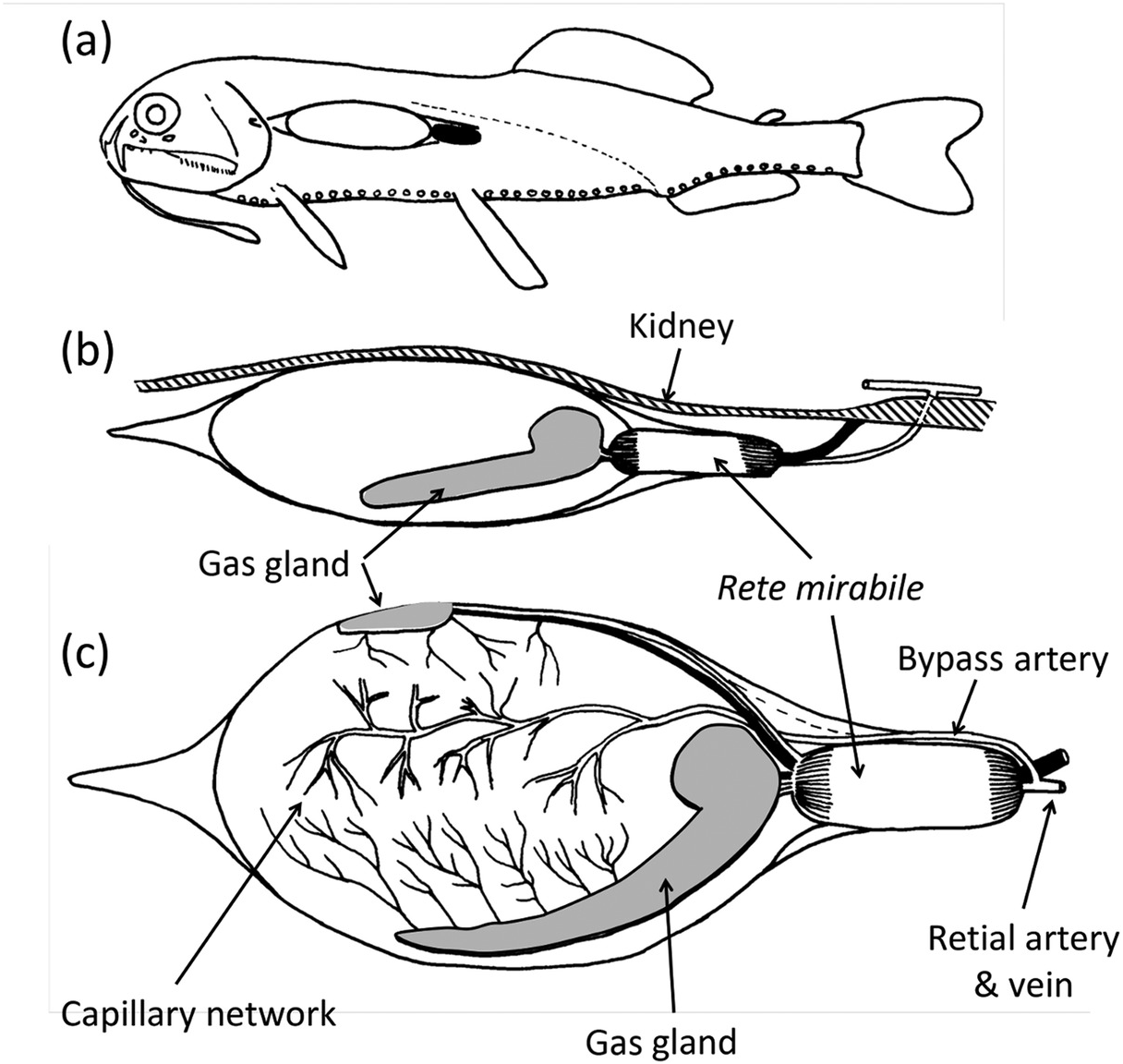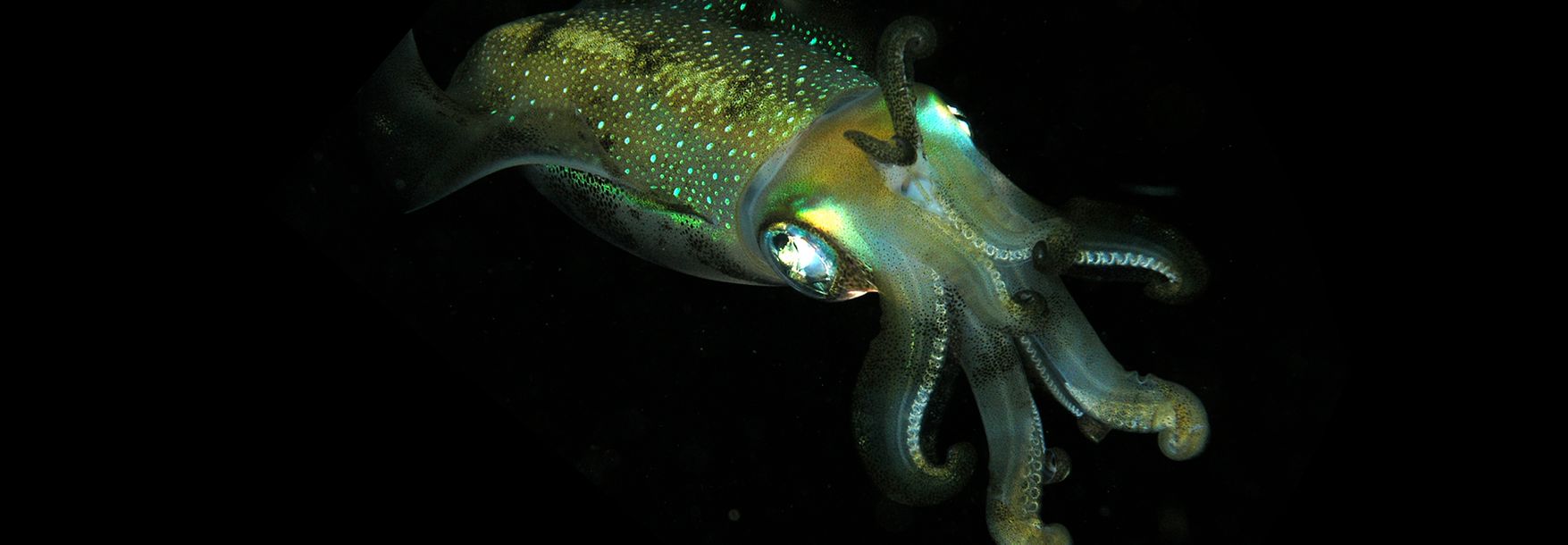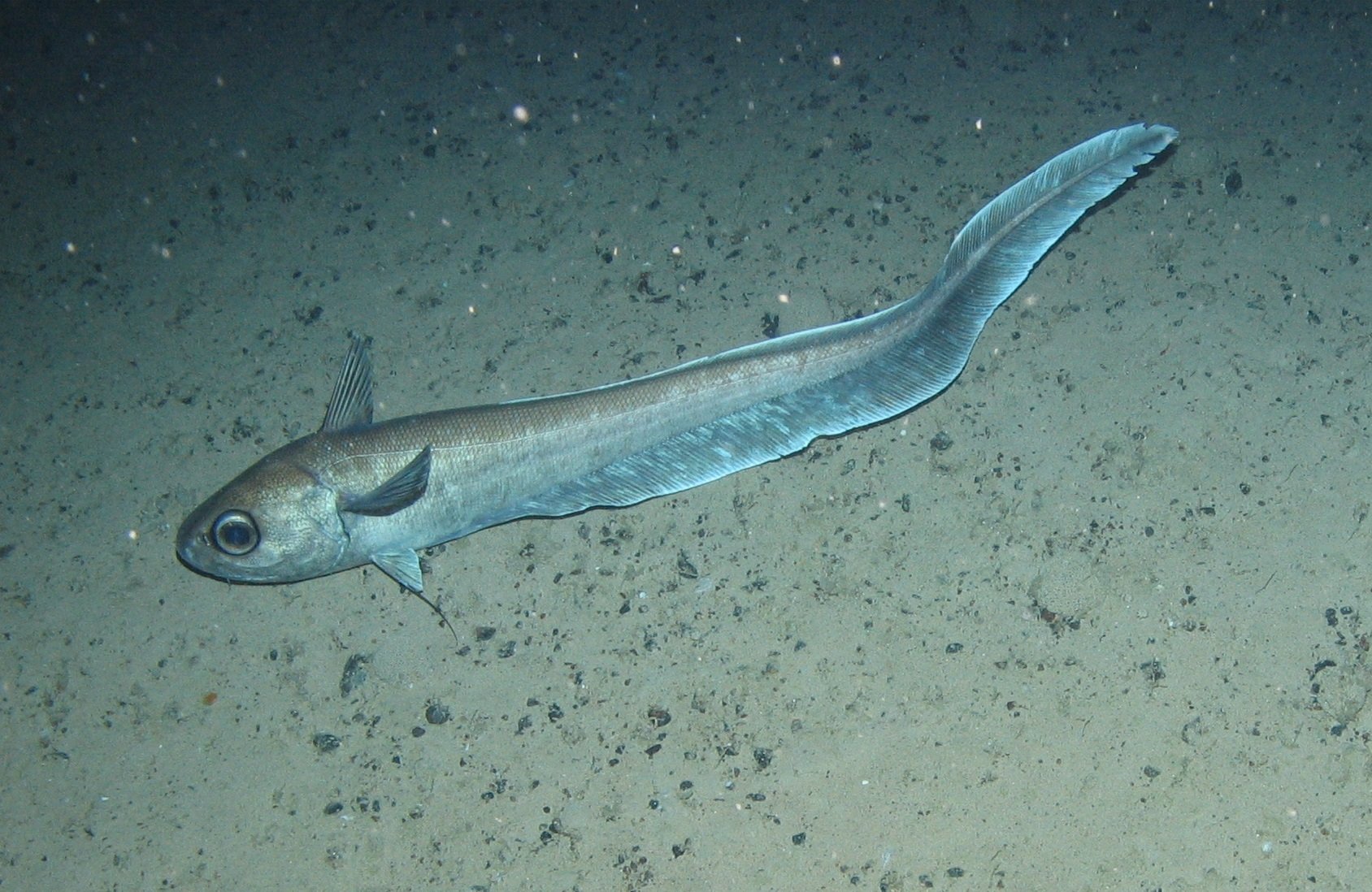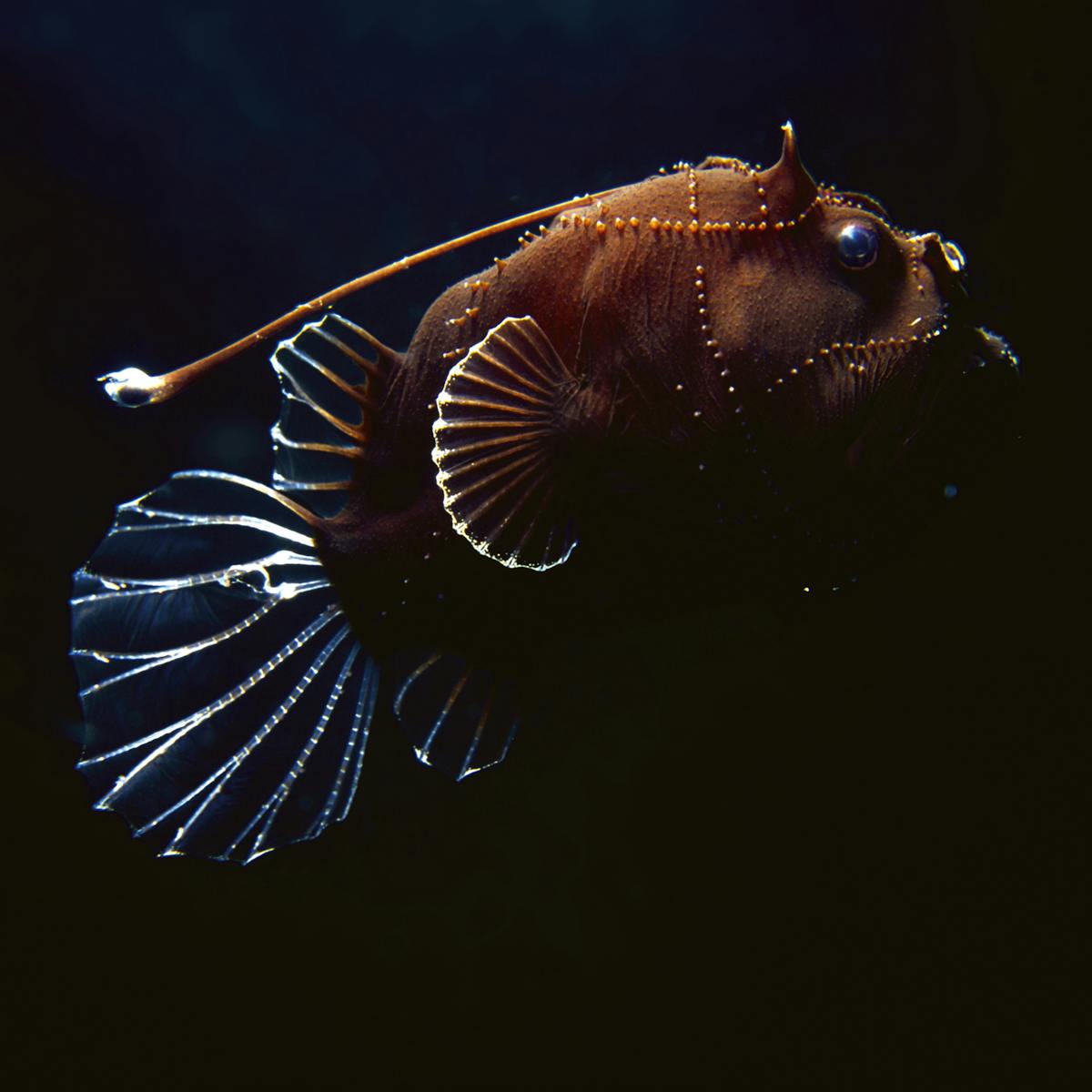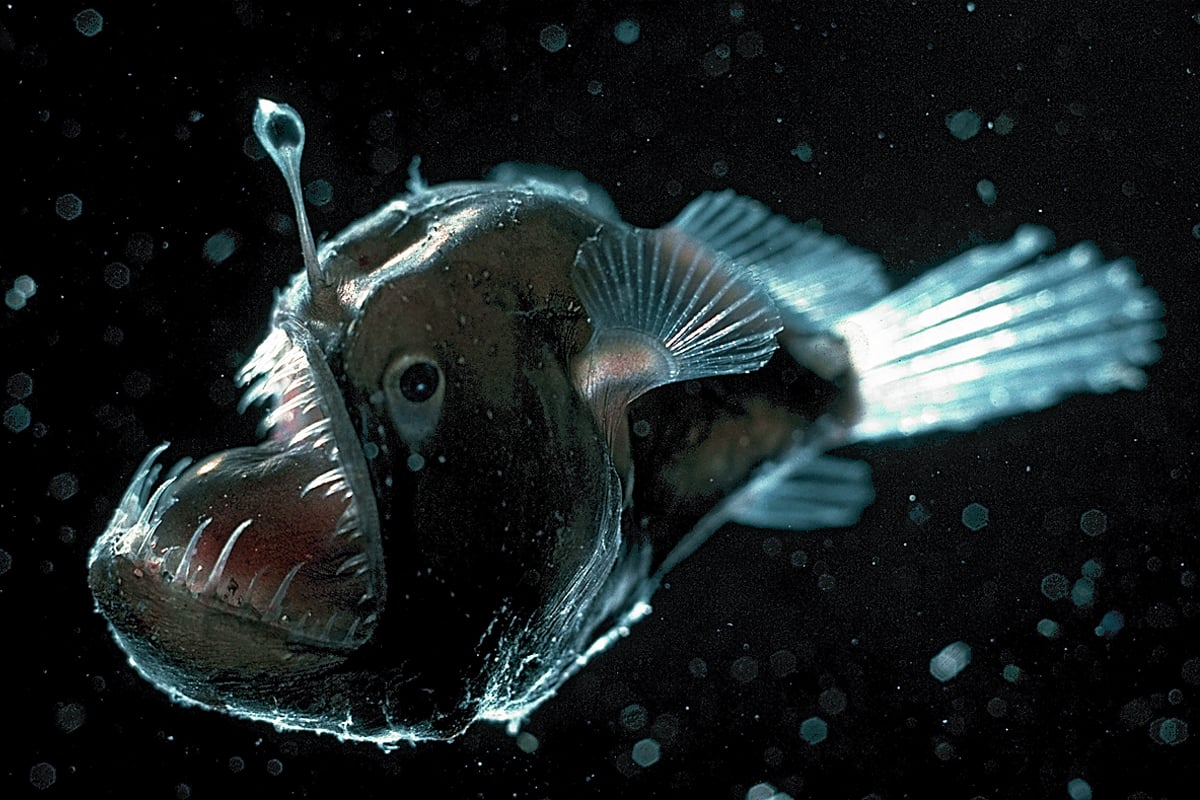Deep Ocean Animals Adaptations

Enzymes exhibit reduced perturbation of function by pressure membranes have fluidities adapted to deep-sea pressures and temperatures and proteins show.
Deep ocean animals adaptations. Sharks are very good at finding food. Some of the most amazing adaptations are from ocean animals like sharks jellies starfish stingrays and dolphins. For example many types of seaweed attach.
Connection to NGSS -. Have students identify animal adaptations in. Watch a recording of this video webinar.
Deep-sea creatures are animals that live below the photic zone of the ocean. Many shellfish like. Bioluminescent Octopod Bioluminescence is an important adaptation that helps many deep sea animals survive in their dark world.
More about deep ocean exploration can be found in our Deep Ocean Exploration section. Food is scarce in much of the deep sea in part because photosynthesis only takes place at the oceans surface where theres sunlight. The dense ocean water is filled with tiny floating organisms.
Seep communities are more dispersed in areas where hydrocarbons particularly methane or other natural gases are percolating up through deep-sea sediments. The intertidal zone the pelagic zone and the abyss. Many animals such as cockles are adapted to live in these conditions.
They have strong shells that protect them from wave action drying out and the prying beaks of predators. Contains a chart for students to label the different zones of the ocean as well as a chart to keep track of different animalcreature adaptations in different zones. This is often used by animals everywhere for camouflage and protection from predators.
